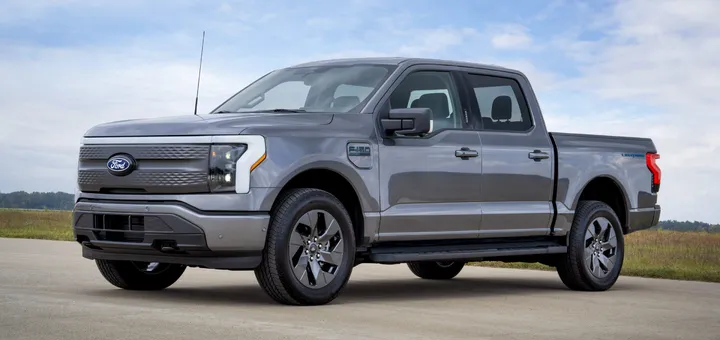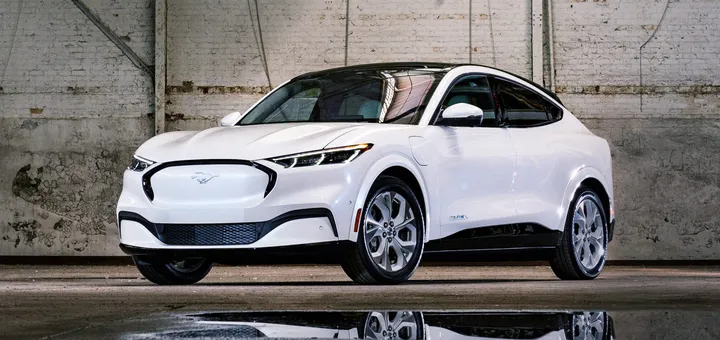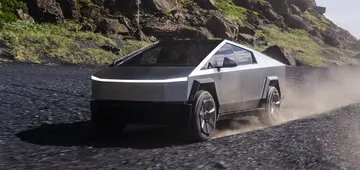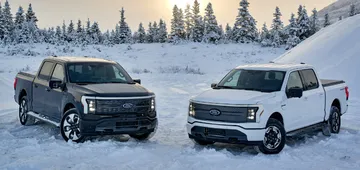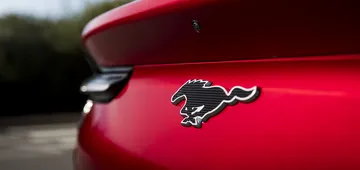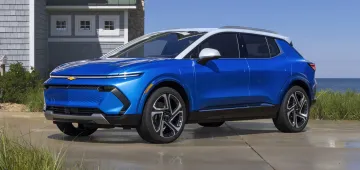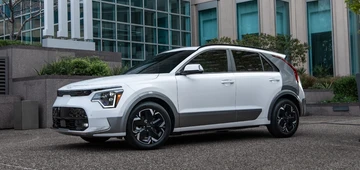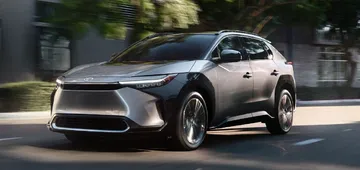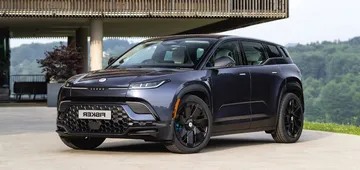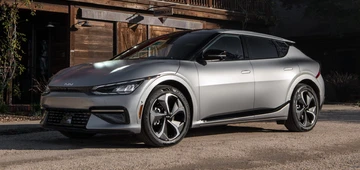Ford’s Latest Battery Update: Implications for the Auto Sector
Ford's recent announcement about the BlueOval Battery Park Michigan in Marshall marks a significant step in its strategy for electric vehicles. This Ford battery update aligns with the company's Ford+ plan, aimed at creating value and driving growth. By adjusting their investment strategies and "right-sizing" the project, Ford is balancing investment, growth, and profitability. The facility, expected to create over 1,700 American jobs, will produce batteries with a planned capacity of about 20 GWh, demonstrating Ford's commitment to the EV market.
Another crucial aspect of this Ford battery update is the focus on Lithium Iron Phosphate (LFP) battery cells, set to begin production in 2026. This marks the BlueOval Battery Park as the first of Ford's plants to produce LFP cells, showcasing the company's adaptability in battery technology.
Ford's approach to battery technology doesn't stop at LFP. Earlier, they had highlighted the differences between LFP and Nickel Cobalt Manganese (NCM) batteries, underscoring the importance of these technologies in the EV landscape. Ford plans to assemble both types of batteries in the U.S., offering a second battery technology for customers shopping for an EV. This addition means Ford can scale production more quickly while making their vehicles more accessible.
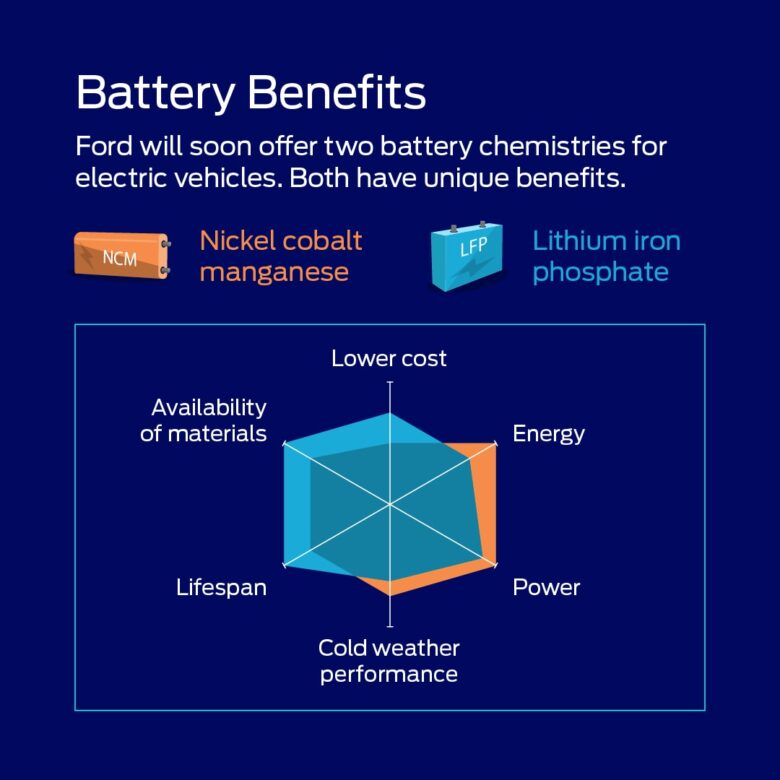
The difference between LFP and NCM batteries is significant in terms of performance, durability, and cost. NCM batteries boast a higher power rating and energy density, making them suitable for long distances and heavier loads. They perform well in cold conditions, though they require careful charging practices to maintain battery health.
On the other hand, LFP batteries are known for their durability and longer lifespan. They are more tolerant of frequent and faster DC fast charging, and use fewer high-demand, high-cost materials. LFP batteries are ideal for known range requirements, such as regular business routes or short daily commutes.
Ford's deployment of these batteries started with introducing standard range Mustang Mach-E vehicles powered by LFP batteries in the second half of 2023. These vehicles will see performance enhancements, including increased horsepower and improved EPA range estimates. In 2024, LFP batteries will also be introduced in the F-150 Lightning truck.
This diverse approach to battery technology, combining LFP and NCM batteries, positions Ford to reach an annual run rate of 600,000 electric vehicles globally by 2024, with a future goal of 2 million. The Ford battery update is a clear indication of the company's commitment to advancing EV technology and making sustainable transportation accessible to a broader range of customers.
This autumn Ford has introduced the 2024 Ford F-150 Lightning that targets tech-lovers with extended range, Blue Cruise 1.2, and a 15.5-inch screen.
Another great Ford vehicle has just got on top of our all-new best small electric SUV list.
Source: Ford
